DDT, PCBs, and Dioxins The Hidden Culprit Behind Obesity, Insulin Resistance, NAFLD, and Female Hair Loss?
How Persistent Organic Pollutants (POPs) Might Be Sabotaging Your Health

In our quest to understand the complex causes behind obesity, insulin resistance, Non-Alcoholic Fatty Liver Disease (NAFLD), and female hair loss, one major factor is often overlooked: the role of Persistent Organic Pollutants (POPs). These toxic chemicals—such as DDT, PCBs, and dioxins—are more than just environmental hazards; they could be deeply impacting our health in ways we are only beginning to understand. These synthetic chemicals lurk in the environment, accumulating in the food we eat, the air we breathe, and even the water we drink. Once in our bodies, POPs accumulate in fat tissue and disrupt metabolism, creating a cascade of health issues, including obesity, insulin resistance, hair loss, and fatty liver disease.
While many point to poor diet and sedentary lifestyles as the primary drivers of obesity, there is a growing body of evidence suggesting that POPs may be playing an even larger role, especially for people who struggle with weight despite following healthy diets and exercising. These pollutants may be sabotaging the body’s ability to manage fat and glucose, setting off a chain reaction that leads to insulin resistance, NAFLD, and severe metabolic dysfunction.
What Are DDT, DDE, and DDD?
DDT (Dichlorodiphenyltrichloroethane) was once hailed as a miracle pesticide, widely used during the mid-20th century to control mosquito populations and combat diseases like "malaria". However, it soon became clear that DDT came with dangerous side effects. DDE (Dichlorodiphenyldichloroethylene) and DDD (Dichlorodiphenyldichloroethane) are the breakdown products of DDT and are also POPs. These chemicals are not only long-lasting in the environment, but they also accumulate in the fat tissues of living organisms, including humans.
Here’s the alarming part: over 90% of humans have detectable levels of DDT, DDE, and DDD stored in their fat cells. This means nearly all of us carry these toxic residues from historical DDT use, even though the chemical was banned in many countries decades ago. Once these pollutants enter our systems—through contaminated food, water, or air—they can remain there for decades. Their persistence in human fat cells is not only a testament to their resilience but also a significant concern for our health.
The Insidious Nature of POPs
Persistent Organic Pollutants are aptly named—they stick around. These chemicals can take decades to break down in the environment, and they tend to bioaccumulate in the food chain. By the time they reach us, the levels can be highly concentrated, particularly in animal fats like meat, dairy, and fish.
The problem is that once these pollutants enter the body, they don't just sit idly—they disrupt normal metabolic functions. POPs act as endocrine disruptors, meaning they interfere with the hormones that regulate everything from insulin sensitivity to fat storage. For those exposed, it’s like the body is constantly fighting an invisible enemy that sabotages its ability to burn fat or control blood sugar levels.
Why Obesity Isn’t Always Just About Diet and Exercise
We’ve all heard the common refrain: “Eat less, move more.” For many people, this is sound advice. But there are others who, despite their best efforts, remain stuck in a cycle of weight gain and metabolic dysfunction. They count calories, exercise regularly, and try to follow all the "right" health advice, yet their bodies seem determined to hold onto every ounce of fat. What if there’s something more insidious at play?
This is where the role of POPs becomes critical. People exposed to higher levels of POPs may experience a biochemical blockade that prevents their bodies from responding normally to diet and exercise. While calories in versus calories out is certainly important, it ignores the complex web of chemical exposures and toxic overload that may be driving obesity and NAFLD.
POPs, Insulin Resistance, and NAFLD
Research is increasingly showing that POPs can trigger insulin resistance, one of the key drivers of obesity and metabolic disease. Insulin is the hormone responsible for controlling blood sugar, but when the body becomes resistant to its effects, glucose levels rise, leading to weight gain, increased fat storage, and eventually, conditions like Non-Alcoholic Fatty Liver Disease (NAFLD) (Sorry for the bland video but it has good info).
POPs such as DDT and PCBs interfere with insulin signaling by disrupting the hormone's normal pathways. This makes it harder for the body to use glucose for energy, resulting in elevated insulin levels and a greater tendency to store fat, particularly in the liver. Over time, this contributes to the development of NAFLD, which affects an estimated 25-30% of the global population today.
And here’s where it gets even worse: NAFLD can progress into Non-Alcoholic Steatohepatitis (NASH), an advanced form of liver disease that can lead to cirrhosis or even liver cancer. All the while, the presence of POPs makes the body more resistant to treatments, including lifestyle interventions like diet and exercise.
The Silent Saboteurs: Why Some People Can't Lose Weight
What if the people struggling the most with obesity are actually battling invisible saboteurs that have nothing to do with personal responsibility? There are plenty of cases where individuals stick to healthy diets, exercise daily, and still remain “whale-sized” as some would call it. These people are not lazy or careless with their health—they just may be victims of chemical warfare inside their own bodies.

This is where the narrative around obesity and metabolic health needs to shift. It’s not just about calories or how often you hit the gym; it’s about the toxic soup of pollutants that have accumulated in your fat cells as well, wreaking havoc on your metabolism.
In fact, a number of studies have shown that people with higher levels of POPs in their system are more likely to be obese and suffer from insulin resistance—even if they follow the same diet and exercise regimen as those without such exposure. These pollutants interfere with fat metabolism, making it far more difficult for the body to shed weight or process glucose efficiently.
How many people have to hear comments like this when they are exercising and eating healthy but are still stuck in the I can’t lose weight no matter what I do rut? Do healthcare providers solely attribute obesity to a lack of personal discipline in their patients, or do they acknowledge that there may be additional factors contributing to the rapid increase in obesity rates and its associated health problems? Maybe people should rethink the sky rocketing rates of fat shaming?

NAFLD and POPs: The Overlooked Connection
While we’re often told that NAFLD is primarily a disease of poor diet, sugar consumption, and obesity, the reality is more complex. POPs like DDT have been found to accumulate in the liver, where they can disrupt its normal functioning. The liver is a critical organ for fat metabolism, and when its processes are thrown off balance, fat can accumulate in liver cells, leading to hepatic steatosis (the hallmark of NAFLD).
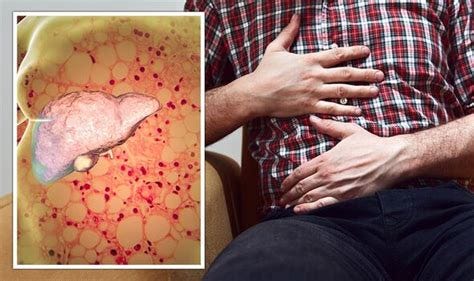
This is why some people who follow all the recommended health protocols—low-fat diets, exercise, weight loss plans—still end up with fatty liver disease. The accumulation of POPs in their system could be acting as a silent driver of liver dysfunction, insulin resistance, and ultimately, the progression of NAFLD to more serious forms like Non-Alcoholic Steatohepatitis (NASH). NASH is a severe form of non-alcoholic fatty liver disease (NAFLD) characterized by liver inflammation and damage, which can lead to cirrhosis and liver failure if untreated.
Testing for POPs: Can You Find Out What’s in Your Body?
Testing for POPs like DDT, DDE, and DDD is possible, though it's not as straightforward as a regular blood test. These chemicals accumulate primarily in fat tissues, so standard blood tests may not reveal significant concentrations. Fat biopsies or specialized lipid-soluble blood tests are more accurate for detecting the presence of these pollutants in the body. While not commonly available in standard healthcare settings, environmental health clinics or specialized labs can perform these tests to measure POP levels
One significant challenge is that even when you know these chemicals are in your system, getting rid of them is incredibly difficult. Due to their fat-soluble nature, POPs remain stored in adipose tissue and are slowly released over time.
Detoxing from POPs: Is It Possible?
Unfortunately, detoxing from POPs is not a quick fix, and scientific consensus on effective detoxification methods remains limited. However, some approaches may offer potential for reducing the toxic load:
Weight loss: Because POPs are stored in fat cells, weight loss can theoretically reduce your body’s burden of these chemicals as fat is broken down and the stored toxins are released into the bloodstream. However, this process is a double-edged sword: as POPs are mobilized from fat, they circulate through the body, potentially causing further damage before being excreted.
Dietary Interventions: Some research suggests that certain foods may help with the excretion of POPs. Foods rich in fiber and chlorophyll, like leafy greens, may bind with POPs in the digestive tract and help eliminate them. Additionally, antioxidant-rich foods could mitigate some of the oxidative damage caused by POP exposure.
Saunas and Sweating: There is some limited evidence suggesting that sweating through exercise or saunas might help eliminate POPs through the skin. However, this method is not a cure-all and requires further study to confirm its effectiveness.
Chelation Therapy: In certain cases, chelation therapy under clinical guidance—a treatment that uses chemicals or natural substances to bind with heavy metals and other toxins—has been considered for POP detoxification. This method, however, remains controversial and is not widely accepted as a safe or effective approach for POPs specifically.
Why Metformin and Other Treatments May Not Be Enough
Given the growing rates of NAFLD and insulin resistance, medications like metformin are commonly prescribed to improve insulin sensitivity. However, for people whose metabolic issues are driven primarily by POPs, metformin may offer limited relief. This is because the root cause of their condition isn’t just insulin dysfunction—it’s the chemical disruption caused by environmental toxins.
While metformin can help improve glucose metabolism and reduce fat accumulation in some cases, it doesn’t address the underlying toxic load from POPs that continue to damage liver cells and interfere with normal metabolic functions. This could explain why many people remain stuck in a metabolic rut, despite aggressive treatments and lifestyle changes.
The Role of DDT and POPs in Female Hair Loss
The growing incidence of female hair loss has been increasingly linked to exposure to DDT and other persistent organic pollutants (POPs). These toxic compounds act as endocrine disruptors, altering hormone levels crucial for hair growth, and trigger chronic inflammation that weakens hair follicles. Additionally, DDT-induced oxidative stress damages follicles, while bioaccumulation in fatty tissues leads to prolonged exposure. Emerging research also suggests that POPs may cause epigenetic changes, further impacting hair health, contributing to the rising rates of hair thinning and loss in women.
Moving Forward: What Needs to Change
The fight against obesity, insulin resistance, female hair loss and NAFLD must shift to acknowledge the profound impact of environmental toxins like POPs. As long as these chemicals continue to bioaccumulate in our bodies, no amount of dieting or exercise will solve the problem for certain individuals.
It’s time for a paradigm shift in how we view metabolic diseases. Instead of simply blaming individuals for poor lifestyle choices, we need to recognize the role that toxic exposures play in sabotaging efforts to lose weight and improve liver health. This means:
Greater research into the impact of POPs on metabolic disorders.
Public health policies to reduce the use of these dangerous chemicals.
A focus on detoxification strategies that address the root cause of metabolic dysfunction, rather than just treating the symptoms.
A New Lens for Metabolic Health
The connection between POPs and metabolic dysfunction is an urgent, overlooked issue that could explain why so many people are struggling with obesity, insulin resistance, and NAFLD despite their best efforts. For some, the answer to their health challenges won’t be found in another fad diet or exercise routine but in understanding—and addressing—the toxic burden their bodies have accumulated over years of exposure to these pollutants.
It’s time to change the conversation around these pervasive health issues by shining a light on this invisible, but highly impactful, factor. For many, this could be the missing piece of the puzzle to reclaim their health!




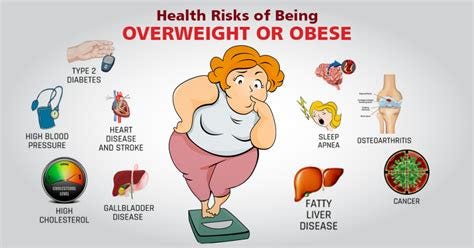


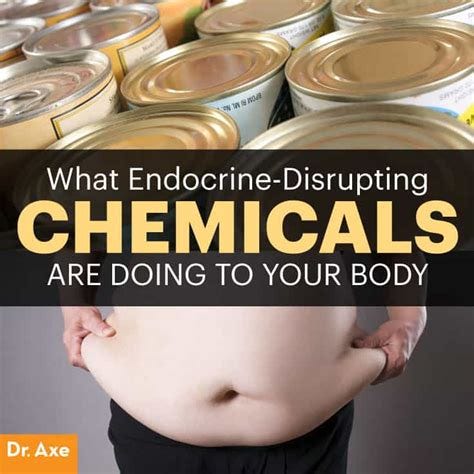
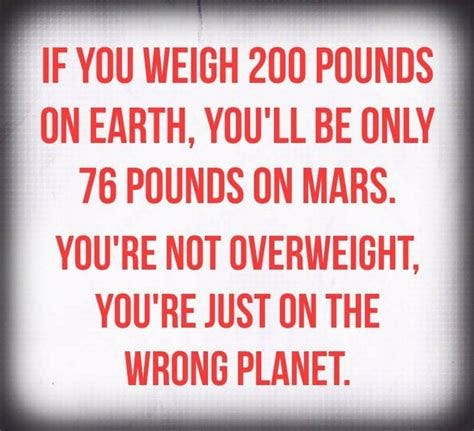
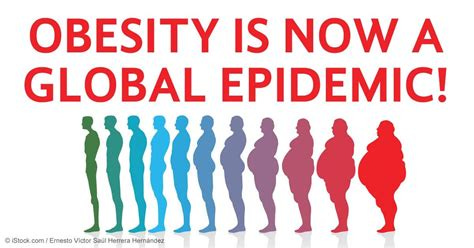
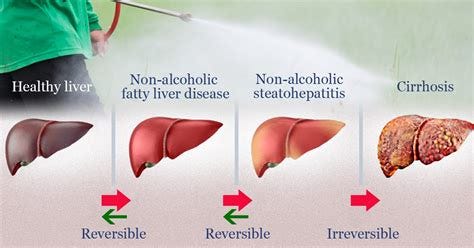

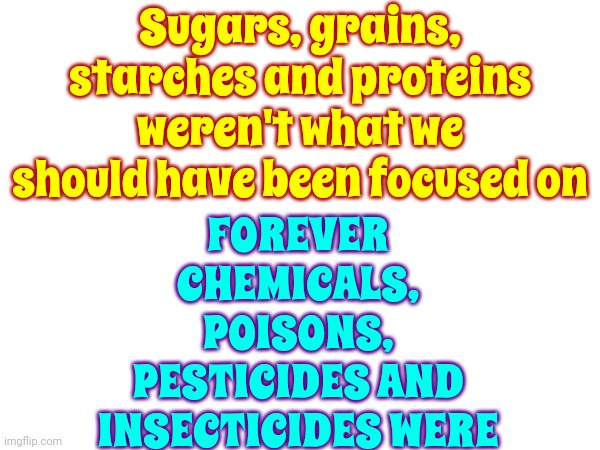




Once I wrote this https://www.researchgate.net/publication/283490296_AD_AFP_ALS_and_DDT#fullTextFileContent
What I discovered in my research was there is a pesticide called Dicofol...only recently was it put on the POPs list. IT IS DDT...the only difference between DDT and Dicofol is a single hydroxyl group - like two pigs.. but one has beer breath.
So DDT was never banned for general use as most in the USA think... not when Dicofol was being used. DDT is once again being used without restrictions in the 3rd world.
The psychopaths in control knew its issues from the get-go. But They sprayed it anyway. They're all about depop, after all.
Sadly, I was vaccinated against DDT...er..."polio" and left with psoriatic arthritis for the rest of My life. Back in 1963...
I aim to remove the tool the psychopaths have to create all this hell!
Accounting For the Energy We Add (article): https://amaterasusolar.substack.com/p/accounting-for-the-energy-we-add
The ONLY Tool (article): https://amaterasusolar.substack.com/p/the-only-tool